i bc27f85be50b71b1 (189 page)
Read i bc27f85be50b71b1 Online
Authors: Unknown


610
AClffE CARE HANDBOOK FOR PHYSICAL THERAI'ISTS
Laboratory Shldies
Most of the evaluation process for diagnosing an infectious disease is
based on la bora tory studies. These studies are performed to ( 1) isolate
the microorganisms from various body fluids or sites; (2) directly
examine specimens by microscopic, immunologic, or genetic techniques; or (3) assess specific antibody responses to the pathogenS
This diagnostic process is essential to prescribing the most specific
medical regimen possible for the patient.
Hematology
During hematologic studies, a sample of blood is taken and analyzed
to assist in determining the presence of an infectious process or organism. Hematologic procedures used to diagnose infection include leukocyte count, differential white blood ceH (WBC) count, and antibody measuremenr.6
Leukocyte COllnt
Leukocyte, or WBe, count is measured to determine whether an
infectious process is present and should range between 4,500 and
1 1 ,000 ceHs/�1.7 An increase in the number of WBCs, termed leukocytosis, is required for phagocytosis (ceHular destruction of microorganisms) and indicates the presence of an acute infectious process? A decreased WBC count from baseline, termed leukopenia, can indicate
altered immunity or the presence of an infection that exhausts supplies of certain WBCS.7 A decreased WBC count relative to a previously high count (i.e., becoming more within normal limits) may indicate the resolution of an infectious process.7
Differemial White Blood Cell Count
Five types of WBCs exist: lymphocytes, monocytes, neutrophils, basophils, and eosinophils. Specific types of infectious processes can trigger alterations in the values of one or more of these ceHs. Detection of these changes can assist in identification of the type of infection
present. For example, an infection caused by bacteria can result in a
higher percentage of neutrophils, which have a normal range of 2.0-
7.5 x 109/1iter. In contrast, a parasitic infection wiH result in increased
eosinophils, which have a normal COunt of 0.0-0.45 x 109/liter.7
Antibody Measurement
Antibodies develop in response to the invasion of antigens from new
infectious agents. Identifying the presence and concentration of spe-

INFEcnOUS DISEASES
611
cific antibodies helps in determining past and present exposure to
infectious organisms.s
Microbiology
In microbiology studies, specimens from suspected sources of infection (e.g., sputum, urine, feces, wounds, and cerebrospinal fluid) are collected by sterile technique and analyzed by staining, culture, or
sensitivity or resistance testing, or a combination of all of these.
Staining
Staining allows for morphologic examination of organisms under a
microscope. Two types of staining techniques are available: simple
staining and the more advanced differential staining. Many types of
each technique exist, but the differential Gram's stain is the most
common.1I
Gram's stain is used to differentiate similar organisms by categorizing them as gram-positive or gram-negative. This separation assists in determining subsequent measures to be taken for eventual identification of the organism. A specimen is placed on a microscope slide, and the following six-step process is performed":
I.
Crystal violet stain applied to stain all organisms
2.
Iodine stain applied ro enhance reaction between cell wall
and primary stain
3.
Ethyl alcohol or acerone applied
4.
Safranin 0 or carbolfuchsin applied ro stain gram-negative
organisms pink to red
5.
Alcohol or acerone applied to decolor gram-negative
organisms
6.
Safranin reapplied for visualization
A red specimen at completion indicates a gram-negative organism,
whereas a violet specimen indicates a gram-positive organism.'"
Culture
The purpose of a culture is ro identify and produce isolated colonies
of organisms found within a collected specimen. Cells of the organism are isolated and mixed with specific mediums that provide the proper nourishment and environment (e.g., p H level, oxygen con-

612
AClffE CARE HANDBOOK FOR PHYSICAL TI-I(RAI'ISTS
tent) needed for the organism to reproduce into colonies. Once this
has taken place, the resultant infectious agent is observed for size,
shape, elevation, texture, marginal appearance, and color to assist
with identification.9
Sensitivity and Resistance
When an organism has been isolated from a specimen, its sensitivity
(susceptibility) to antimicrobial agents or antibiotics is tested. An
infectious agent is sensitive to an antibiotic when the organism'S
growth is inhibited under safe dose concentrations. Conversely, an
agent is resistallt to an antibiotic when its growth is not inhibited by
safe dose concentrations. Because of a number of factors, such as
mutations, an organism's sensitivity, resistance, or both to antibiotics
is constantly changing.lo
Cytology
Cytology is a complex method of studying cellular structures, functions, origins, and formations. Cytology assists in differentiating between an infectious process and a malignancy and in determining
the type and severiry of a present infectious process by examining cellular characteristics.s,1 1 It is beyond the scope of this chapter, however, to describe all of the processes involved in studying cellular structure dysfunction.
Body Fluid Examination
Plellral Tap
A pleural tap, or thoracentesis, is the process by which a needle is
inserted through the chest wall into the pleural cavity to collect pleural fluid for examination of possible malignancy, infection, inflammation, or any combination of these. A thoracentesis may also be performed to drain excessive pleural fluid in large pleural effusions.11
Pericardiocentesis
Pericardiocentesis is a procedure that involves accessing the pericardial space around the heart with a needle or cannula to aspirate fluid for drainage, analysis, or both. It is primarily used to assist in diagnosing infections, inflammation, and malignancies and to relieve effusions built up by these disorders. 13
Synovial Fluid Analysis
Synovial fluid analysis, or arthrocentesis, involves aspirating synovial
fluid from a joint capsule. The fluid is then analyzed and used to assist

INFECfIOUS DISEASES
613
in diagnosing infections, rheumatic diseases, and osteoarthritis, all of
which can produce increased fluid production within the joint.14
Gastric Lavage
A gastric lavage is the suctioning of gastric contents through a nasogastric rube to examine the contents for the presence of sputum in patients suspected of having tuberculosis (TB). The assumption is that
patients swallow sputum while they sleep. If sputum is found in the
gastric contents, the appropriate sputum analysis should be performed to help confirm the diagnosis of TB. 12.IS
Peritolleal Fluid Analysis
Peritoneal fluid analysis, or paracentesis, is the aspiration of perironeal fluid with a needle. It is performed to ( 1) drain excess fluid, or ascites, from the peritoneal cavity, which can be caused by infectious
diseases, such as TB; (2) assist in the diagnosis of hepatic or systemic
malfunctions, diseases, or malignancies; and (3) help detect the presence of abdominal trauma.12.IS
Other Studies
Imaging with plain x-rays, computed tomography scans, and magnetic resonance imaging scans can also help identify areas with infectious lesions. In addition, the following diagnostic studies can also be performed to help with the differential diagnosis of the infectious process. For a description of these studies, refer to the sections and chapters indicated below:
• Sputum analysis (see Diagnostic Testing in Chapter 2)
• Cerebrospinal fluid (see Lumbar Puncture in Chapter 4)
• Urinalysis (see Diagnostic Tests in Chapter 9)
• Wound cultures (see Wound Assessment and Acute Care Management of Wounds in Chapter 7)
Infectious Diseases
Various infectious disease processes, which are commonly encountered in the acute care setting, are described in the following sections.
Certain disease processes that are not included in this section are
described in other chapters. Please consult the index for assistance.

